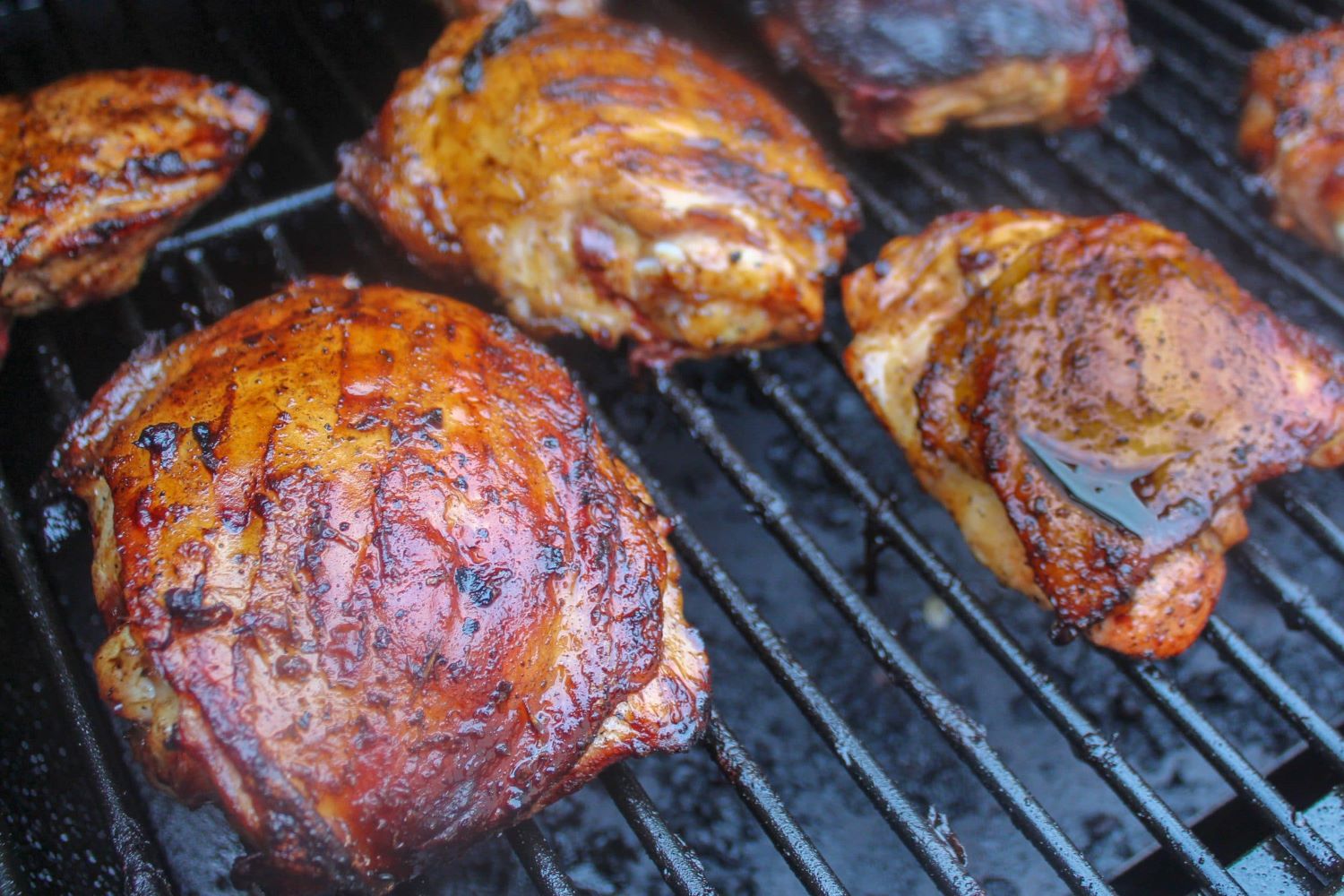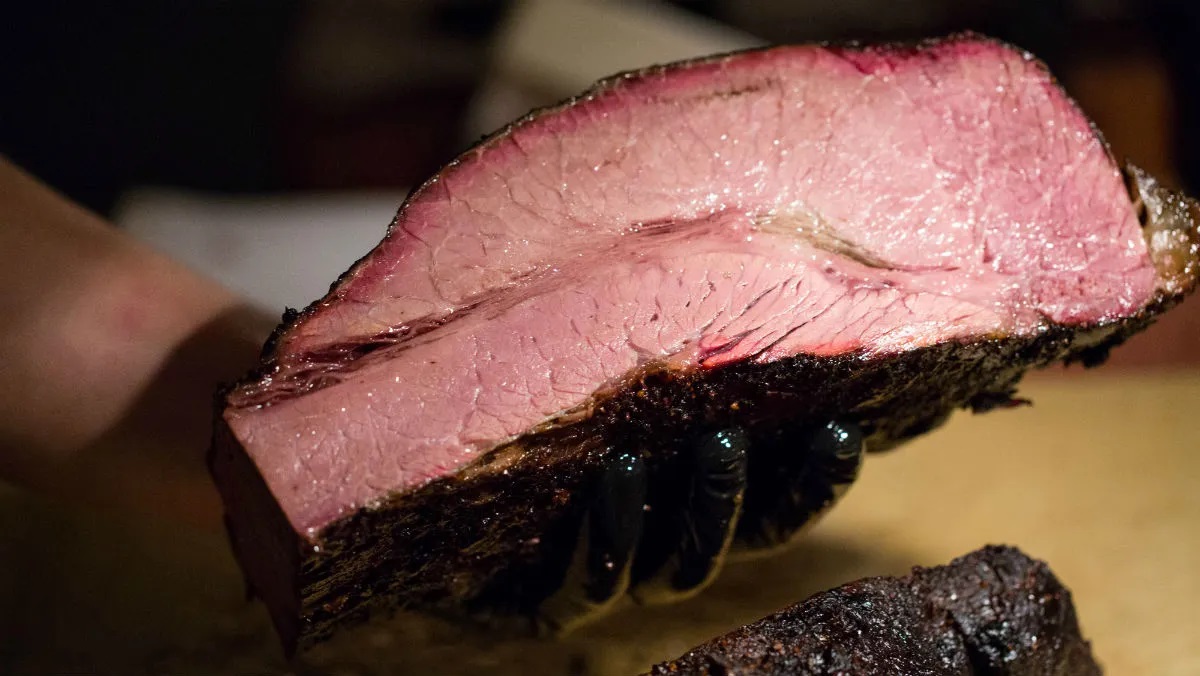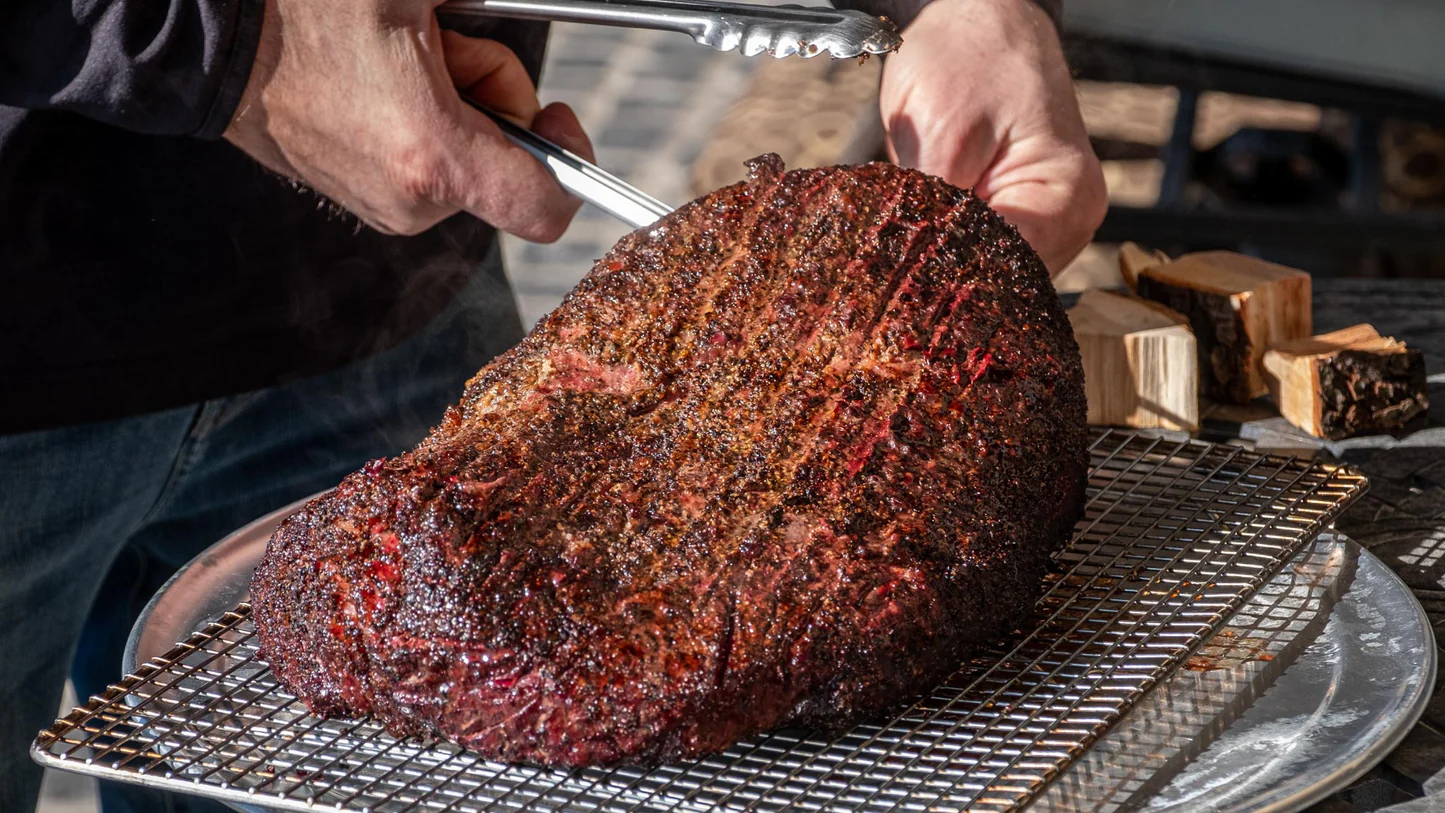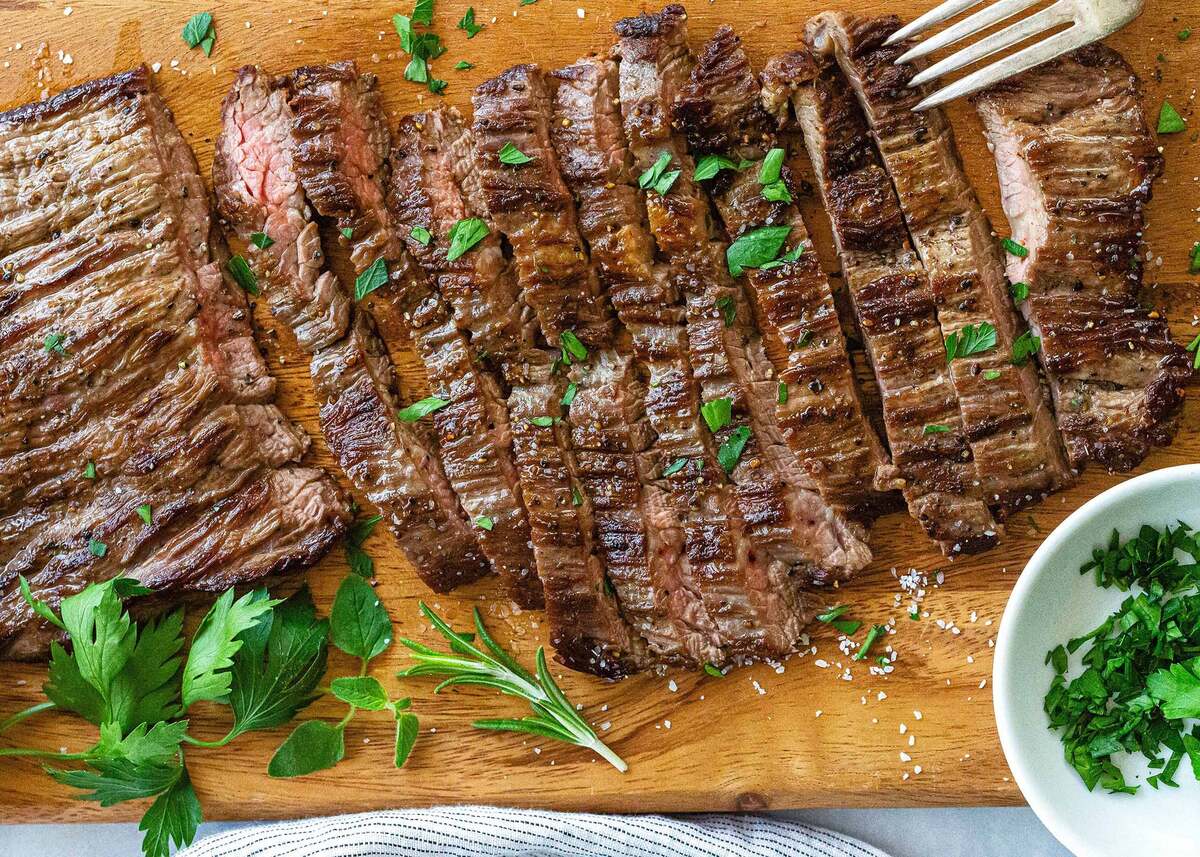Smoking Beef Brisket on a Gas Grill
Welcome to the wonderful world of smoking beef brisket on a gas grill! Smoking brisket is a time-honored tradition that yields tender, flavorful meat that’s perfect for any occasion. While smoking brisket is often associated with charcoal or wood smokers, it’s entirely possible to achieve mouthwatering results using a gas grill. In this guide, we’ll walk you through the process of smoking beef brisket on a gas grill, from selecting the right cut of meat to mastering the art of low and slow cooking.
Choosing the Right Brisket
Before you fire up the grill, it’s important to start with a high-quality brisket. Look for a brisket that has good marbling and a thick layer of fat on one side. A good rule of thumb is to aim for a brisket that weighs around 10-12 pounds, as this size tends to cook more evenly and yield delicious results.
Preparing the Brisket
Once you’ve selected the perfect brisket, it’s time to prepare it for smoking. Start by trimming any excess fat from the brisket, leaving behind a thin layer to help keep the meat moist during the cooking process. Next, season the brisket generously with your favorite dry rub, making sure to coat all sides evenly. Popular brisket seasonings include a combination of salt, pepper, garlic powder, onion powder, and paprika.
Prepping the Gas Grill
Now that your brisket is ready to go, it’s time to get your gas grill set up for smoking. If your gas grill has multiple burners, you’ll want to create an indirect heat zone by turning on one side of the grill and leaving the other side off. Place a disposable aluminum drip pan on the side of the grill with the burners on to catch any drippings and prevent flare-ups. Preheat the grill to a temperature of 225-250°F.
Smoking the Brisket
Once the grill is preheated, it’s time to place the brisket on the cool side of the grill, directly over the drip pan. Close the lid and let the brisket smoke, maintaining a consistent temperature throughout the cooking process. This low and slow method is essential for breaking down the tough connective tissues in the brisket and infusing it with smoky flavor.
Monitoring the Temperature
It’s crucial to monitor the temperature of the grill throughout the smoking process to ensure that it stays within the optimal range. Use a reliable meat thermometer to check the internal temperature of the brisket, aiming for a final temperature of around 195-205°F. This is the sweet spot for achieving a tender, juicy brisket that’s perfect for slicing and serving.
Resting and Slicing
Once the brisket has reached the desired temperature, carefully remove it from the grill and let it rest for at least 30 minutes. This resting period allows the juices to redistribute throughout the meat, resulting in a more flavorful and tender brisket. After resting, it’s time to slice the brisket against the grain and serve it up to eager family and friends.
Smoking beef brisket on a gas grill is a rewarding experience that yields delicious results. With the right techniques and a little patience, you can achieve mouthwatering brisket that’s sure to impress. So fire up the grill, grab a brisket, and get ready to enjoy the wonderful flavors of smoked beef brisket!
Was this page helpful?
Read Next: How To Smoke Brisket Amazing Ribs











